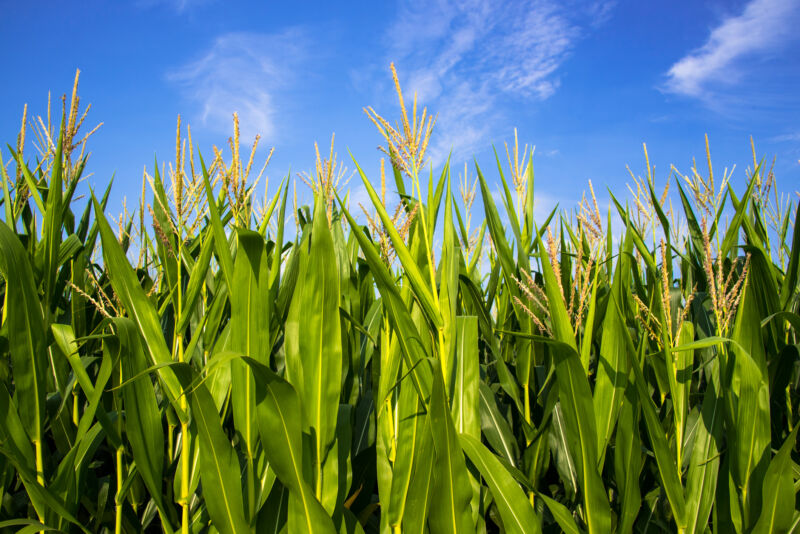
Enlarge / Abundantly growing corn plants in a cornfield against a a sunny blue sky. (credit: Nancybelle Gonzaga Villarroya / Getty)
Tyler Lark, a geographer at the University of Wisconsin-Madison, grew up among farms, working on a neighbor’s dairy, vaguely aware of the tension between clearing land to grow food and preserving nature. As an engineering student working on water projects in Haiti, he saw an extreme version of that conflict: forests cleared for firewood or to grow crops, producing soil erosion, environmental denudation and worsening poverty. “I think it was that experience that told me, ‘Hey, land use is important,’” he says.
He decided to study how farmers transform landscapes through their collective decisions to plow up grasslands, clear trees or drain wetlands—decisions that lie at the heart of some of the planet’s greatest environmental challenges, and also provoke controversy. Lark carries professional scars from recently stumbling into one of the fiercest of these fights: the debate over growing crops that are used to make fuel for cars and trucks.
About 15 years ago, government incentives helped to launch a biofuel boom in the United States. Ethanol factories now consume about 130 million metric tons of corn every year. It’s about a third of the country’s total corn harvest, and growing that corn requires more than 100,000 square kilometers of land. In addition, more than 4 million metric tons of soybean oil is turned into diesel fuel annually, and that number is growing fast.
No comments:
Post a Comment